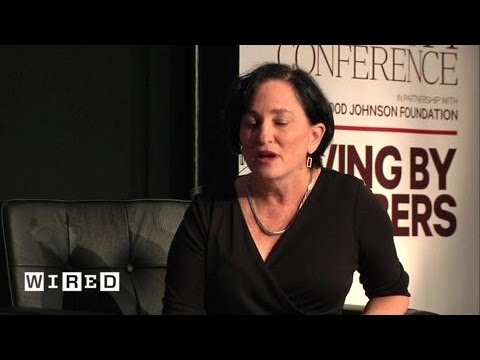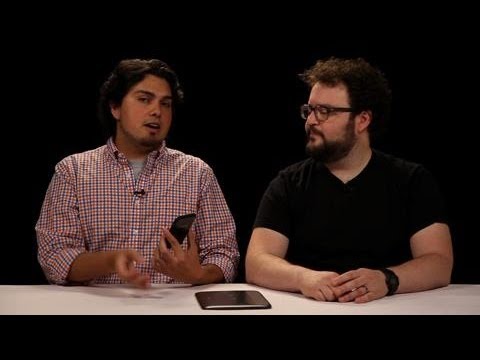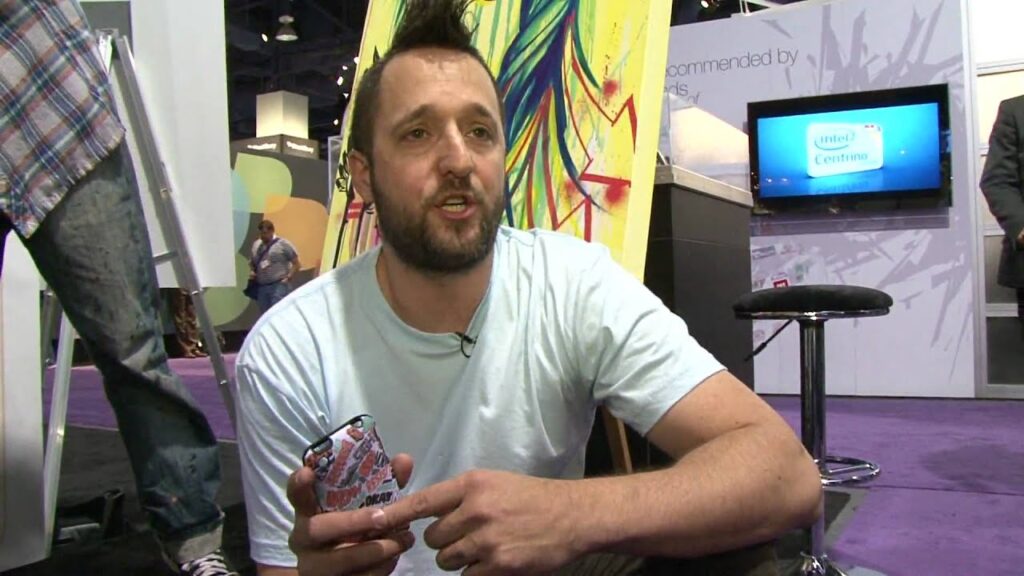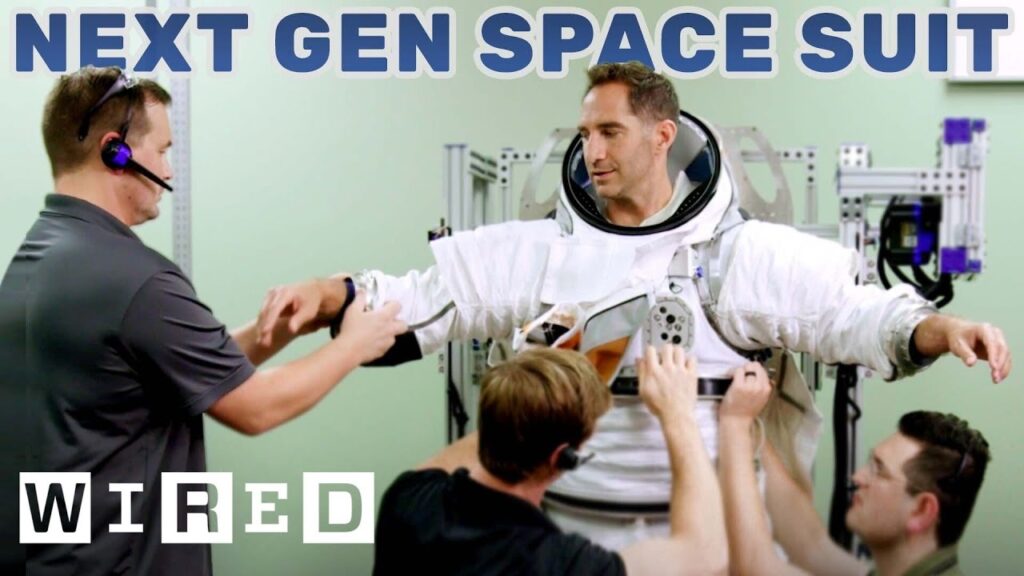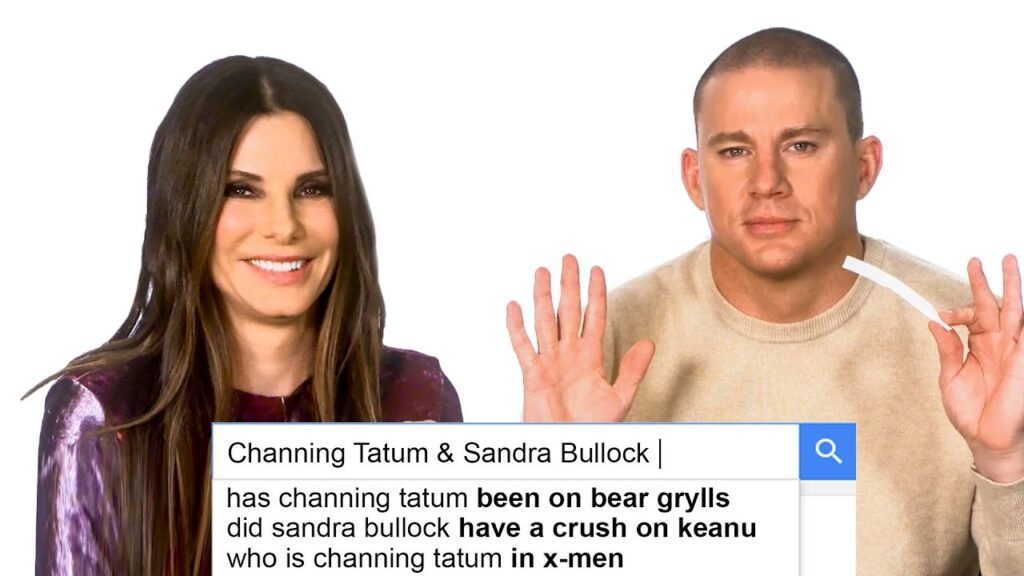Critiquing the Portrayal of Forensic Science in TV and Movies: An Expert’s Take
Summary
Matthew Steiner, a senior crime scene analyst and veteran investigator, critiques the portrayal of forensic science in TV and movies. He highlights the inaccuracies in these portrayals and explains what the correct procedures are. The speaker discusses various crime scenes as portrayed in TV shows and movies, pointing out unrealistic details related to forensic procedures. The transcript includes discussions about various forensic investigation techniques such as the observation of bones and shell casings, the importance of maintaining objectivity at a crime scene, and the use of virtual and augmented reality in identifying and reconstructing crime scenes.
Table of Contents
- The Problem with TV and Movie Depictions of Forensic Science
- Common Inaccuracies in TV and Movie Crime Scenes
- Forensic Investigation Techniques and Procedures
- Technological Advances in Forensic Science
- Impact of TV Shows on the Public’s Perception of Forensic Science
Introduction
Forensic science, the application of scientific methods to the investigation of crimes and suspicious deaths, has grown in popularity in recent years, thanks in part to TV shows and movies that focus on this field. However, these portrayals are often inaccurate and misleading, creating unrealistic expectations and misunderstandings among the public about the reality of forensic science. In this article, we will examine some of the common inaccuracies in TV and movie depictions of forensic science and provide insight into the correct procedures and techniques.
Q&A
The Problem with TV and Movie Depictions of Forensic Science
- What is the biggest problem with the way forensic science is portrayed in TV and movies?
- The biggest problem is that these depictions focus too much on the “why” of a crime instead of the “who”, “what”, “where”, “when”, and “how”. TV and movies often gloss over the investigative work that is necessary to determine the sequence of events and collect evidence at a crime scene. Instead, they create a false impression of quick and easy solutions to complex problems.
Conclusion
In conclusion, TV and movie depictions of forensic science often present a misleading view of the field, highlighting the sensational and unrealistic aspects while downplaying the more mundane and time-consuming work of investigative analysis. It is important for the public to have a more realistic view of forensic investigation and the scientific methods utilized to solve crimes. By understanding the true nature of forensic science, we can better appreciate the work of these professionals and the vital role they play in the justice system.
